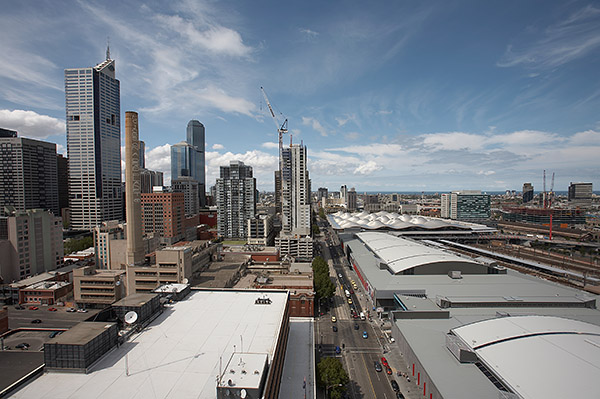
Yes, you remember fisheyes - they were popular back in the 60s and 70s due to their interesting view of the world, and then went out of favour and were not really a sought-after focal length for a long time. They really were a specialist lens, for people who wanted to play with what could be achieved with an ultra-wide angle lens, where everything was basically in focus. The things you can do with a fisheye are pretty cool, however it really does take some thought to get a great fisheye shot.

I have been an avid user of fisheye lenses for recreational photography since getting my first fisheye in 2002, and when I had my Minolta manual focus gear I had both a 16mm full frame fisheye, and a 7.5mm circular fisheye. A full frame fisheye captures a 180 degree view, from corner to corner, whereas a circular fisheye captures 180 degrees in every direction. Effectively, you can picture this by visualising that a full frame fisheye simply crops a centre rectangle out of a circular fisheye lens.
A fisheye lens can be a difficult tool to use, because straight lines towards the edge of the frame are extremely distorted, resulting in that characteristic fisheye look. The shot above has cleverly disguised this by having no straight lines at the edge of the frame. Additionally the extraordinarily wide field of view can be a challenge to master.
If you think a normal fisheye is a difficult tool, the circular fisheye is something else altogether. As detailed above, a circular fisheye captures 180 degrees, in every direction, including your shoes if you aren't careful. The shot below gives an example of what can be achieved with a circular fisheye.

How is it doing this? Through the wonders of "de-fishing" - taking a fisheye photo, and using software to remove the fisheye effect and obtain a wide angle shot in its place. This really started when digital cameras with crop factors of 1.5x or 1.6x needed a wide angle solution, and a fisheye lens offered that possibility. However the same procedure can be used for full frame images for some truly incredible wide angle effects. The examples below show this process at work.
The shot below is taken on my full frame 5D at 16mm, the widest rectilinear lens that I own. This gives you an idea of what a rectilinear superwide lens can achieve, with a angle of view of 108 degrees on a film or full frame digital body.





